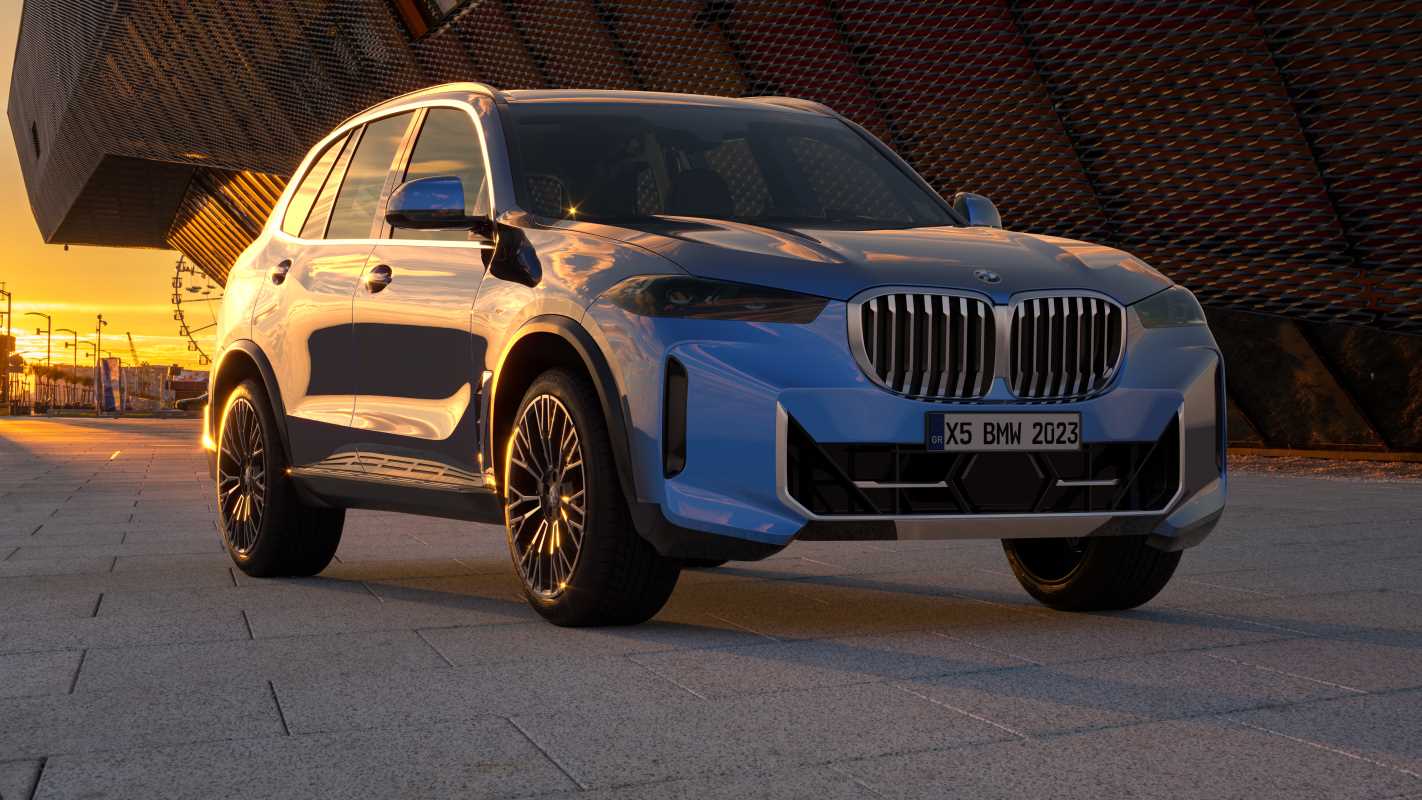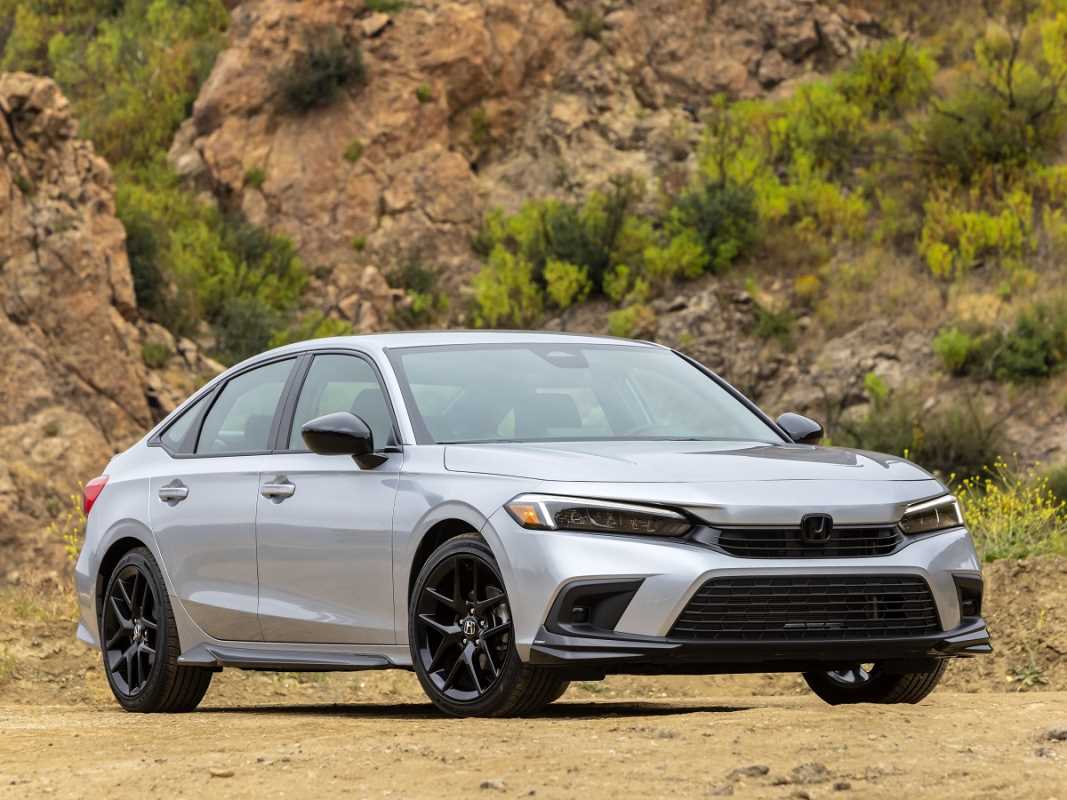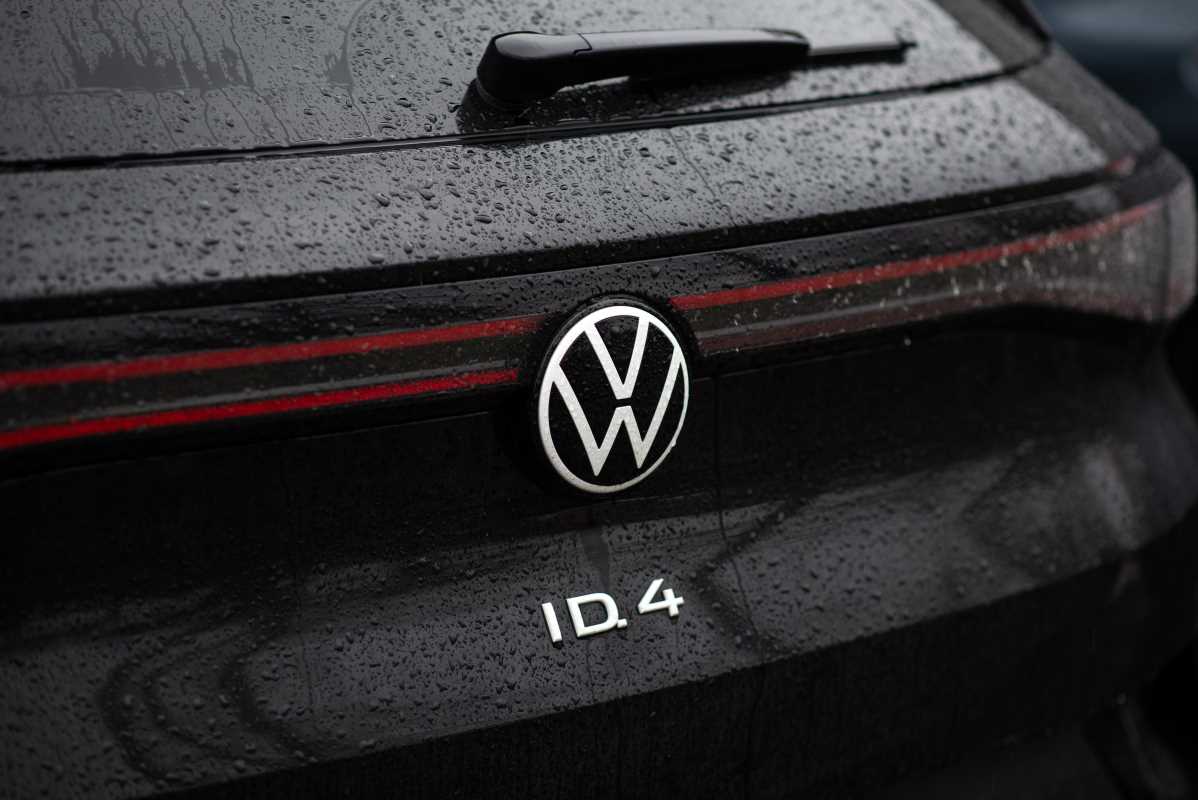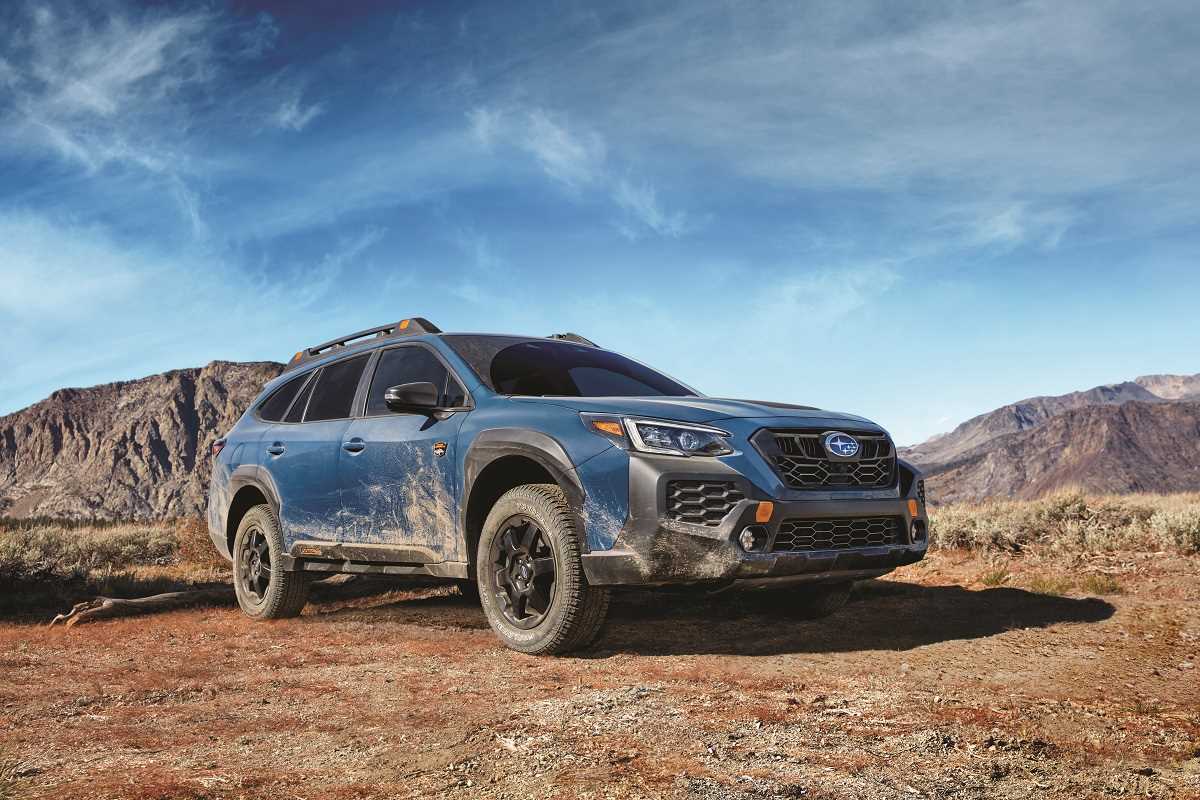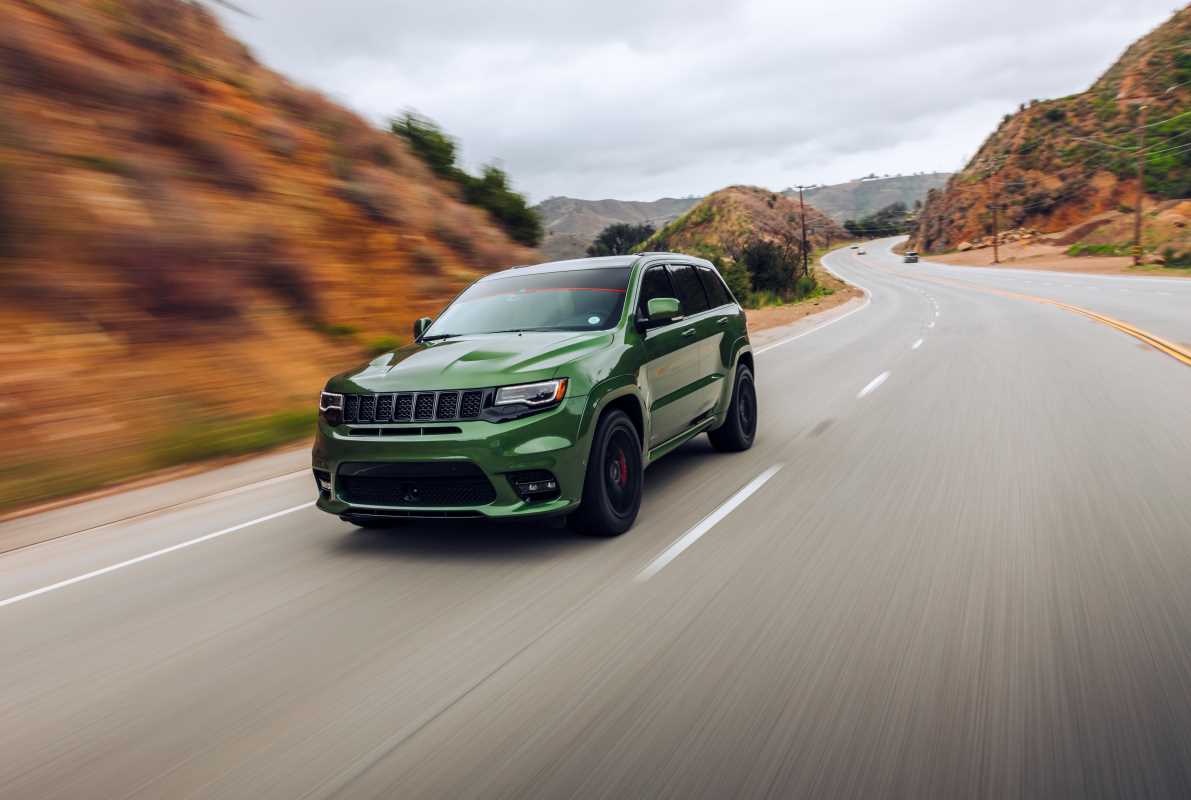The allure of a luxury car is powerful. The gleaming badge, the supple leather, and the promise of superior performance and technology can make even the most rational buyer a little weak in the knees. We often associate a high price tag with high quality, assuming that more money automatically buys a better, more reliable, and more satisfying vehicle. However, the reality is often far more complicated. Many so-called luxury cars are exercises in diminishing returns, charging a hefty premium for a badge while delivering an ownership experience plagued by rapid depreciation, eye-watering maintenance costs, and frustratingly complex technology. This isn't about hating on nice things; it's about understanding the difference between genuine quality and paying a "badge tax" for prestige that fades the second you drive off the lot.
The Value Trap
The biggest financial pitfall of buying a new luxury car is depreciation, the silent thief that steals your car's value over time. While all new cars lose value, mainstream luxury brands are often the champions of depreciation. A vehicle from a premium German or British brand can lose 50% or more of its value in the first three to five years. This is the "badge tax" in action; a significant portion of the initial price is for the prestige of the brand, a factor that evaporates quickly in the used market.
This problem is amplified by the world of expensive options and packages. That $5,000 premium sound system or the $3,000 panoramic sunroof might seem essential in the showroom, but they will return pennies on the dollar when it comes time to sell. Automakers are masters at bundling desirable features into costly packages, pushing the final price far beyond the attractive base MSRP. You end up paying a premium for features that will be standard on a well-equipped mainstream car in just a few years.
Maintenance and Ownership Math
The high cost of luxury ownership doesn't stop after you sign the papers. The real financial pain often begins when the factory warranty runs out. Routine maintenance on a luxury car is significantly more expensive than on a mainstream vehicle. A simple oil change can cost two or three times as much, and specialized parts for complex engines or suspension systems carry a hefty premium. Labor rates at luxury brand dealerships are also much higher.
This is where the math gets scary. When a major component fails outside of the warranty period, the repair bill can be astronomical. A failed air suspension system or a malfunctioning infotainment screen can easily result in a repair cost that runs into thousands of dollars, sometimes approaching the car's current value. This forces many owners into buying expensive extended warranties, which are essentially a bet that your car will break down in a very costly way. Paying extra for a warranty to protect you from the poor reliability of the product you just bought is a sign that the initial value proposition might be flawed.
When Performance Doesn’t Equal Payoff
Luxury brands love to brag about horsepower figures and blistering 0-to-60 times. While impressive on paper, having a 500-horsepower engine in a daily driver you use for commuting in rush-hour traffic is mostly pointless. You are paying for performance you can rarely, if ever, legally or safely use. This excessive power often comes with significant downsides.
High-performance models typically require premium fuel, adding to already high running costs. Their track-focused suspensions often result in a harsh, uncomfortable ride on normal roads. Furthermore, the components required to manage all that power are incredibly expensive to replace. Massive brakes and wide, high-performance tires provide incredible grip but wear out quickly and cost a small fortune to replace. A single set of tires for a high-end performance SUV can easily cost more than $2,000.
Tech and Luxury That Backfires
In the race to appear cutting-edge, many luxury automakers have filled their cars with overly complex and often frustrating technology. Infotainment systems with no physical buttons, gimmicky gesture controls that work intermittently, and multi-layered menus for simple tasks can make driving more stressful, not less. What looks sleek in a showroom can become a daily source of irritation.
The latest trend that has enthusiasts grumbling is the rise of subscription-based features. Automakers are now asking customers to pay a monthly or yearly fee to unlock features that are already physically built into the car, such as heated seats or advanced driver-assistance functions. This practice feels less like a luxury and more like being nickel-and-dimed. This tech bloat also adds another layer of complexity when it comes to repairs, as diagnosing and fixing electronic gremlins can be a time-consuming and expensive process.
Smarter Alternatives That Feel Premium
The good news is that you don't have to spend a fortune to get a premium experience. Many near-luxury brands and high-end trims from mainstream automakers offer 90% of the luxury feel for a fraction of the cost and with far better reliability. A top-trim Mazda, Hyundai, or Honda can offer leather seats, a premium sound system, and a quiet, comfortable ride that rivals that of a base-model luxury car, all while being cheaper to buy and maintain.
If your heart is set on a premium badge, the smartest way to buy is to let someone else take the initial depreciation hit. A Certified Pre-Owned (CPO) vehicle from a luxury brand gives you a thoroughly inspected car with a factory-backed warranty, providing peace of mind at a much lower price. Shopping for a lightly used two- or three-year-old model can save you tens of thousands of dollars while still giving you a modern, stylish, and feature-rich vehicle.
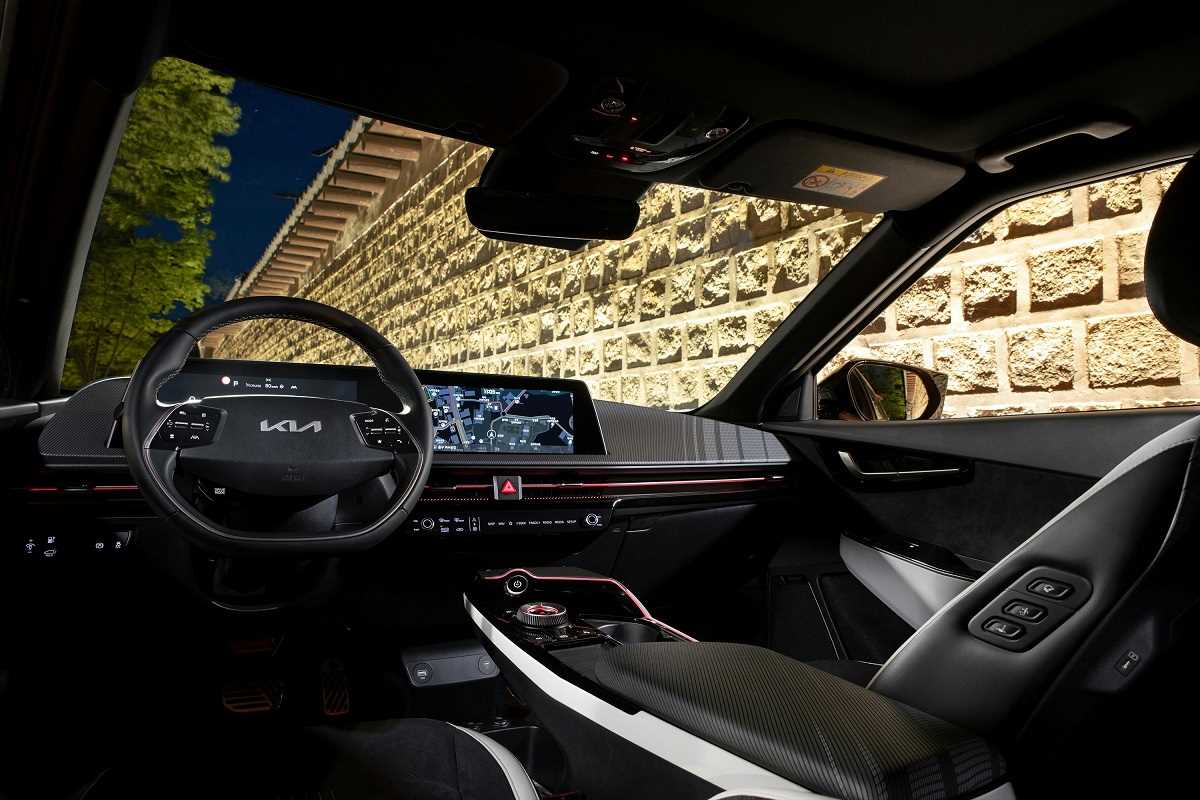 (Image via
(Image via